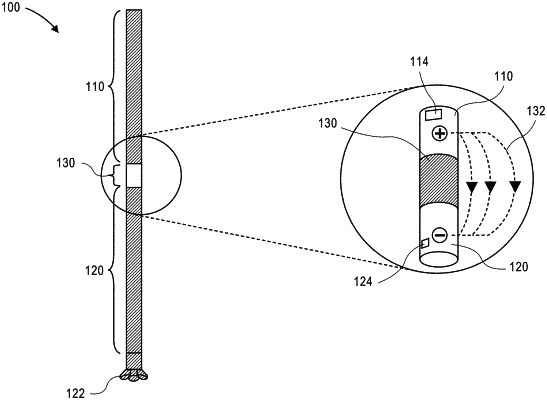| CPC E21B 7/04 (2013.01) [E21B 7/068 (2013.01); E21B 7/10 (2013.01); E21B 47/0228 (2020.05); E21B 47/13 (2020.05); E21B 49/087 (2013.01)] | 20 Claims |

|
1. A method for steering a downhole tool, comprising:
receiving a first electromagnetic (EM) signal from the downhole tool, wherein the downhole tool is in a wellbore in a formation, and wherein the first EM signal comprises first measurement data obtained by the downhole tool;
receiving a second EM signal from the downhole tool a predetermined duration after receiving the first EM signal, wherein the second EM signal comprises second measurement data comprising a gap voltage and a gap current that are measured across a gap sub in the downhole tool when the first EM signal is transmitted from the downhole tool at a first location in the wellbore;
determining a gap impedance based at least partially upon the gap voltage and the gap current of the second measurement data;
determining a first formation resistivity at the first location in the wellbore based at least partially upon the gap impedance of the second measurement data and a trained neural network comprising a library of gap impedance data measured in one or more other wellbores in the formation; and
steering the downhole tool based at least partially upon the first formation resistivity, wherein steering comprises varying an inclination angle of the downhole tool, the azimuthal angle of the downhole tool, or both.
|